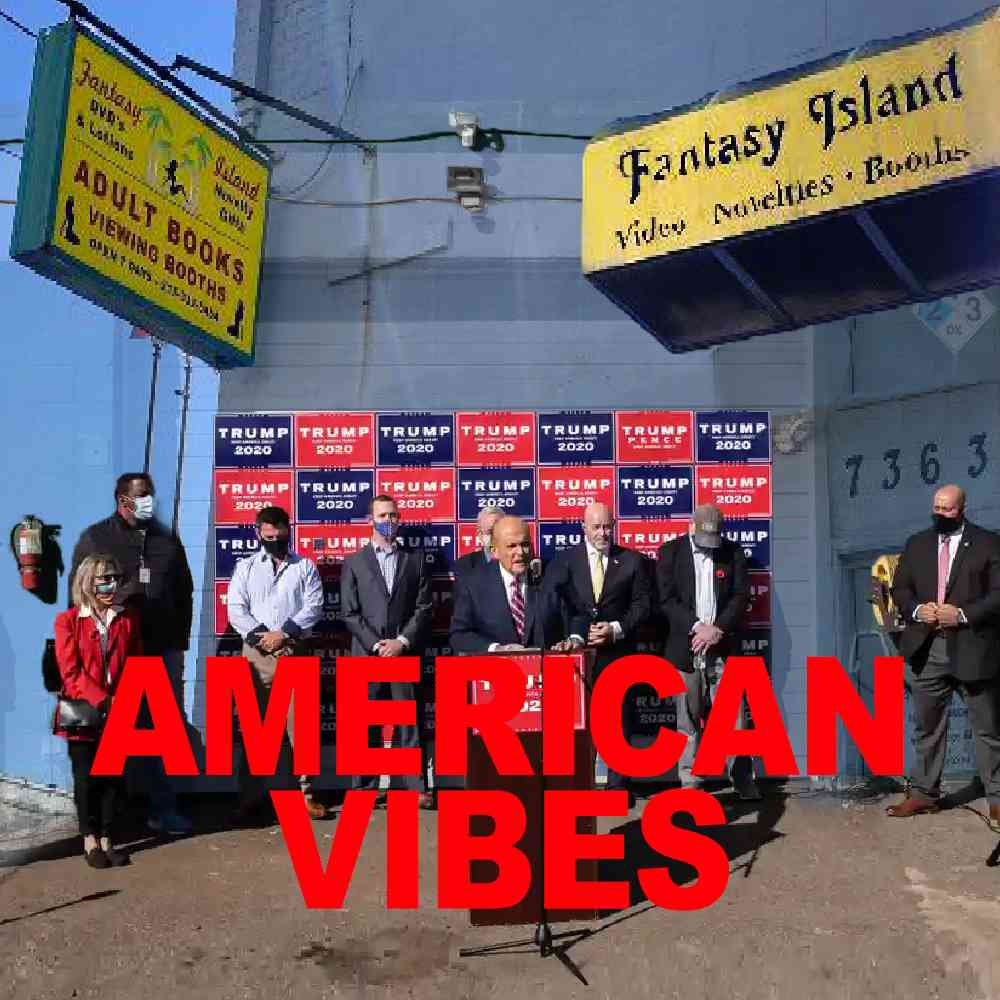Decentralized digital spaces that are typically created and discovered through shared interests, and have their own self-contained cultures and organizational structures. Much of the Dark Forest Internet is hosted on popular platforms such as Discord, Snapchat, Telegram, or even Clearnet etc., but users can interact anonymously or semi-anonymously and content within these spaces is not readily accessible outside of the group. The Dark Forest Internet operates in contrast to Clearnet internet activity, which is indexed, public-facing, and vulnerable to deplatforming, p2p surveillance, and platform extraction. The groups that form in these Dark Forest spaces are likely seeding the ground for Web 3 and, in any case, point to Web 2.0 being POST-PEAK. Dark Forest Internet is based on Yancey Strickler's “The Dark Forest Theory of the Internet,” and refers to Liu Cixin's 2008 science fiction novel The Dark Forest.
Carly Busta: It is so interesting to think about Facebook recognizing that “dark forest” type structures are now preferable, and pivoting to that while still remaining a clearnet platform. So you have the illusion of it being ‘Oh, you're speaking to your peers again’—Facebook's initial appeal was you were speaking to your friends, and your employer couldn't see what you're doing, pivoting back to a group structure, but with all of the clear net data collection, algorithmic direction, that usually you're also avoiding when you're in dark forest spaces.
